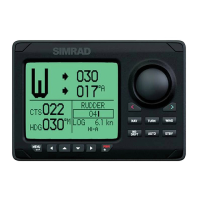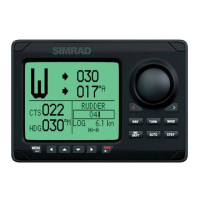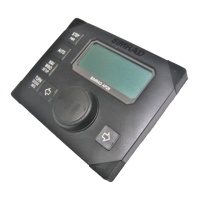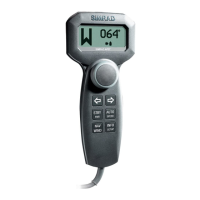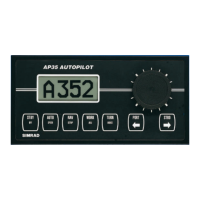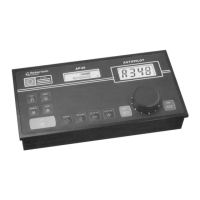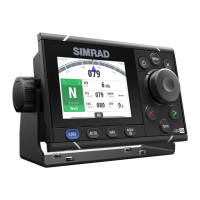Why is my Simrad Boating Equipment going off course?
- TTodd JohnsonAug 16, 2025
If your Simrad Boating Equipment shows 'Off Course', it means the boat's heading is outside the set 20-degree limit due to extreme weather or slow speed. First, check the steering parameters like Rudder, Autotrim, and Seastate filter. If needed, increase the Rudder value. Increase boat speed if possible; otherwise, steer manually.
